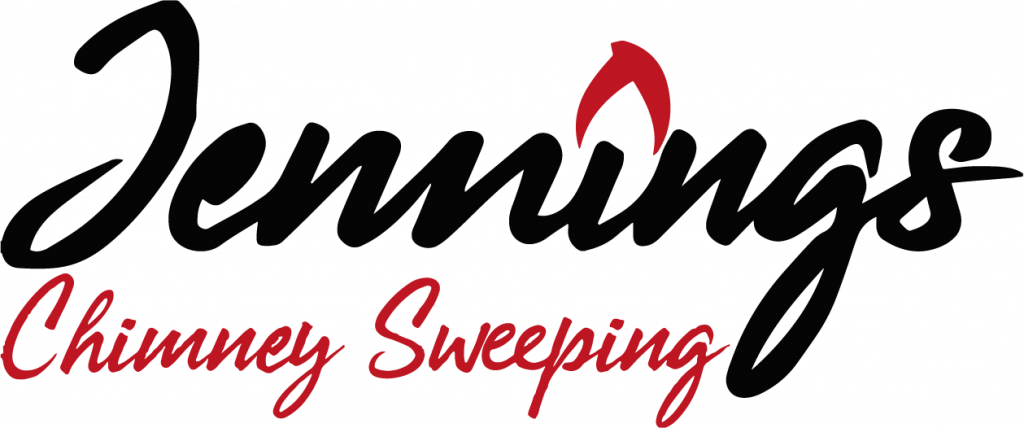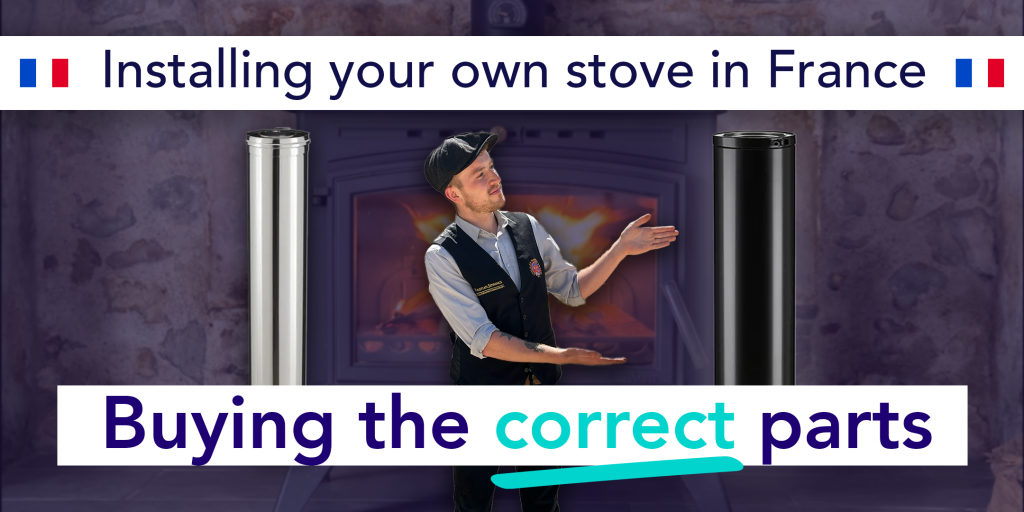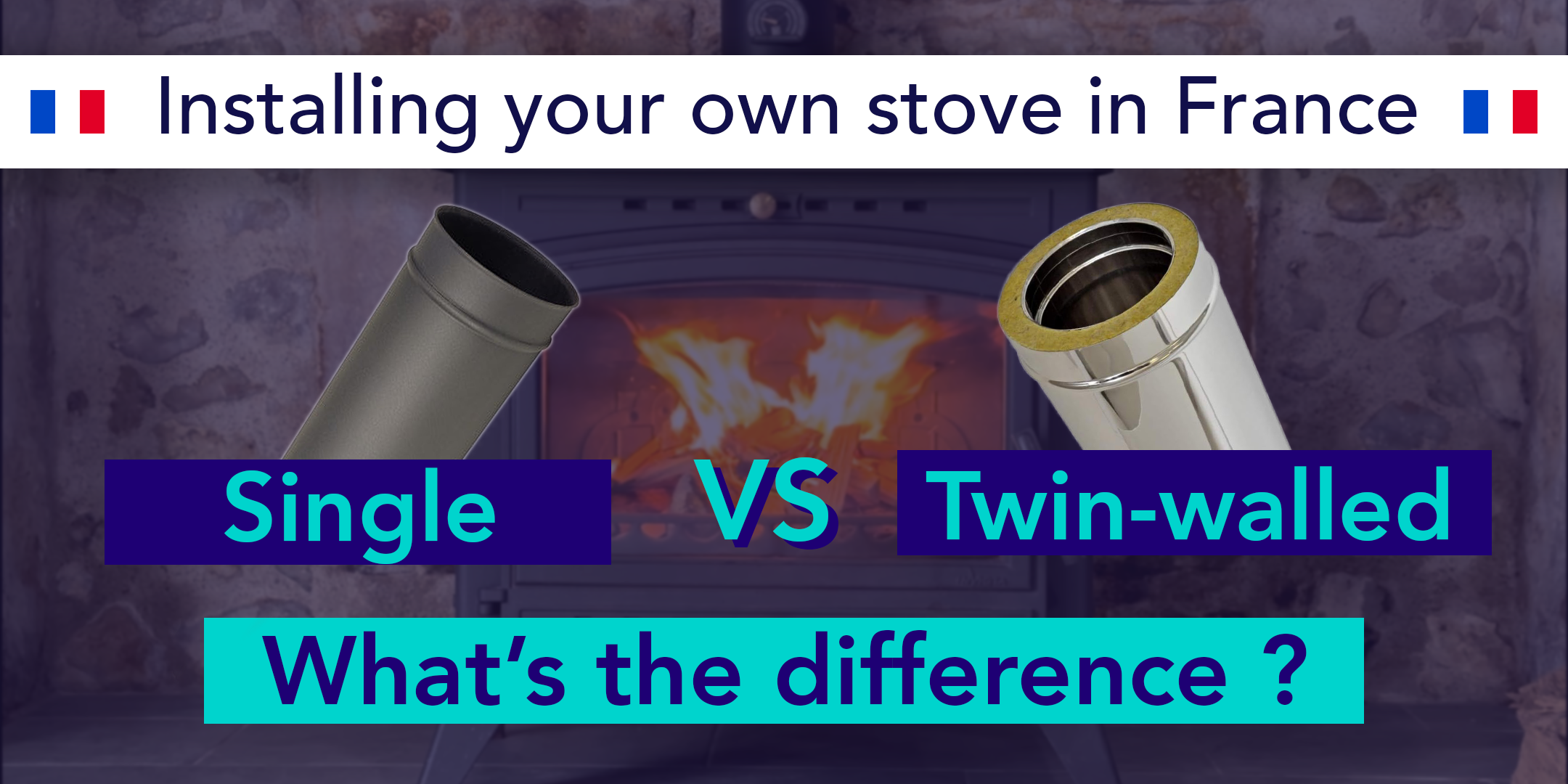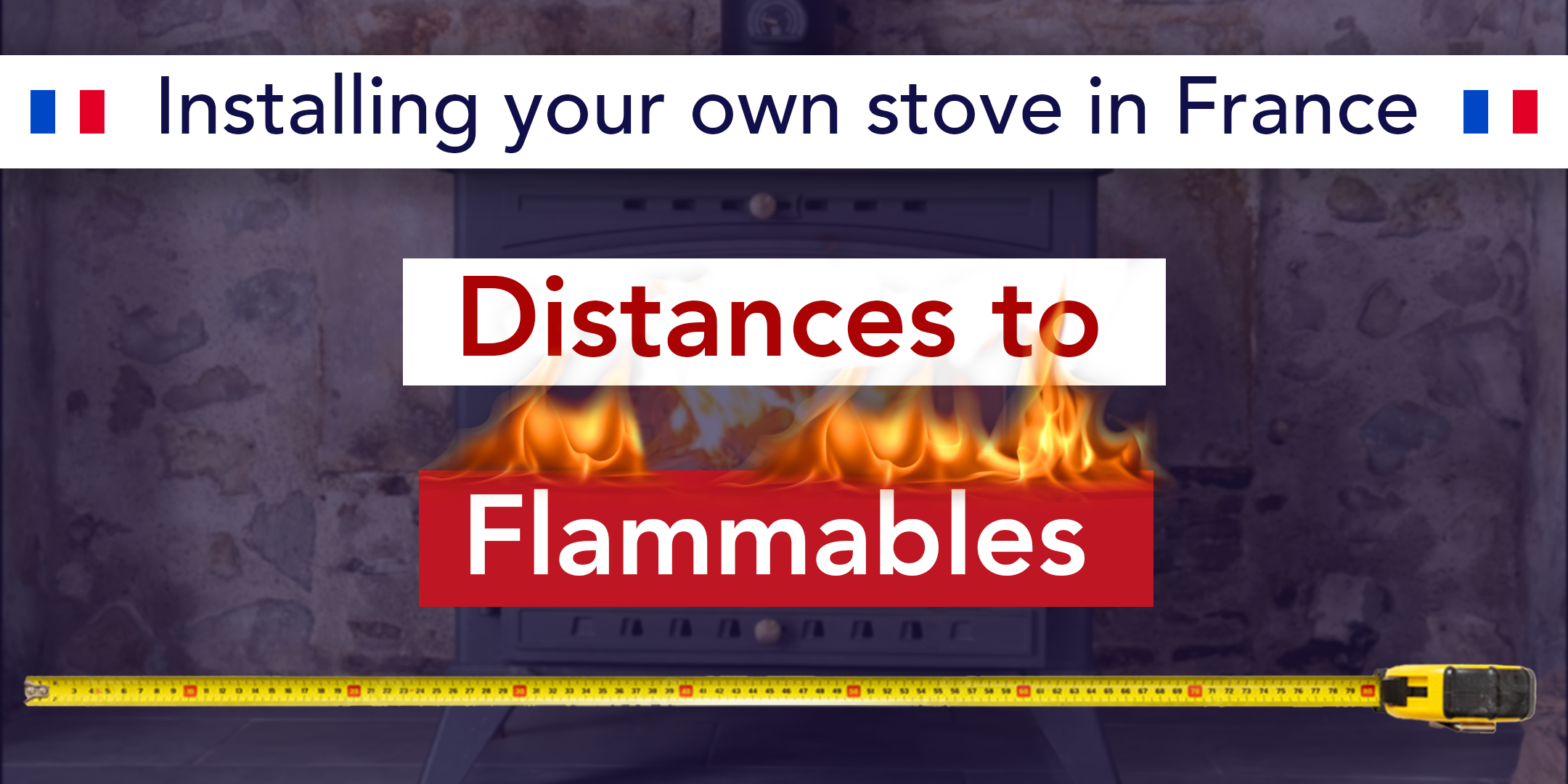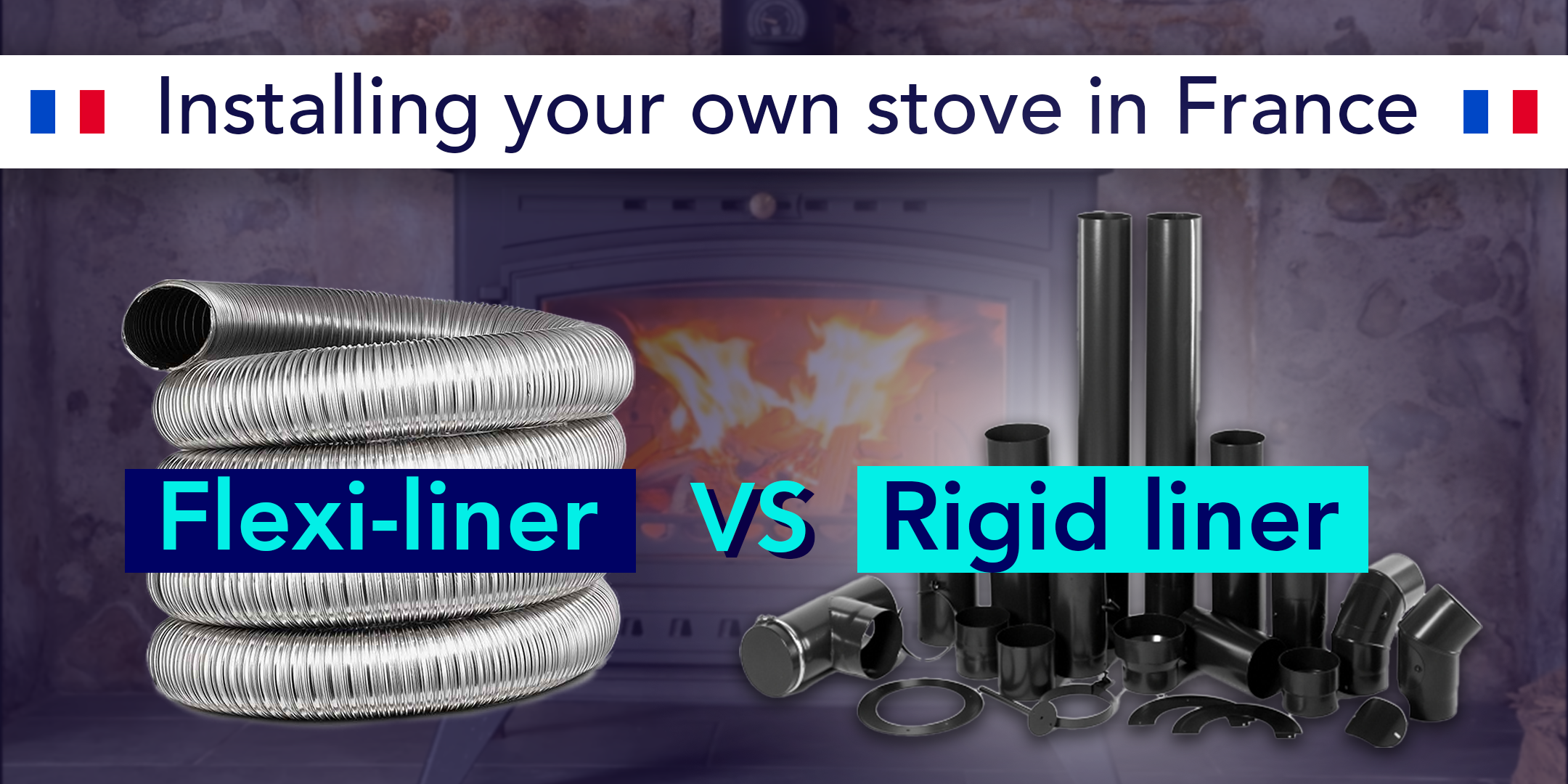One of the most common mistakes made by DIY installers is the purchasing of parts for gas and oil fuels which are not suitable for solid fuels. These parts look nearly the same as each other and with the gas and oil parts being fractionally cheaper, it is no surprise that these almost identical parts are mistakenly installed onto woodburning stoves, compromising the entire system in the process.
Before we look at which parts you should be buying, let’s first take a look at how to identify which parts are which. To do this, we need to understand the EN number attached to every CE marked chimney product.

NF –Norme Français AKA French standards/regulations
EN 0000 – This section of the designation is the number of the corresponding chimney standard to which the product conforms. For metal liner parts, you will likely find: EN 1856
T450 – T stands for Temperature and the number following tells us what temperature in °C the part is rated for.
N1 – This is the pressure class for the part. For an appliance working off negative pressure such as a woodburner, you will find the letter ‘N’ followed by a 1 for metal flue parts. P and H pressure classes also exist for higher Pa (Pascal) pressured tested parts for pressurized flues such as those with fan assistance which will also be followed by a 1 or 2.
D – This is the designation for the parts resistance to condensation. D for Dry systems and W for wet. Given that solid fuel (wood) appliances burn at flue gas temperatures high enough to avoid condensation formation, a ‘D’ designation is what we are looking for.
3 – Expressed as a number between 1 and 3, the number following the condensation designation tells us how resistant to corrosion the part is. For a wood burning appliance, we require the highest designation, 3.
G450 – The final letters and numbers of the designation tells us if the liner part can contain a chimney fire – Tested at 1000°C for 30 minuets. G for yes, O for no. And the final number tells us the safety distance needed to flammable materials. For a 150mm flue pipe, the designation will be atleast 450mm.
Now that we understand the designation, what do we need to look for? The common mistake people make is purchasing parts for their woodburner with less than a T450 rating. Gas and Oil parts only need to be rated T250 but as they can be the same diameter as solid fuel parts and are slightly cheaper, many a DIY installer mistakenly purchases the wrong parts which will undoubtedly fail way before their time. These gas and oil parts often are rated W, as in to say the flue gas temperature is not high enough to avoid condensation and so many are then equipped with condensate recovery devices, not necessary for solid fuels.
Use the example designation above as a guide for 150mm diameter flue parts and make sure the designation meets or exceeds the figures above. If using a 125mm or other flue pipe diameter, the number following G must be at least 3x the diameter of the flue. Make sure you check your stove manual and conform to whichever standard is strictest before purchasing any parts as the above suggestions do not encompass every flue system requirement and is to be used only as a guide. If you are not absolutely certain you have identified the correct parts for your own system, contact your stove manufacturer.
